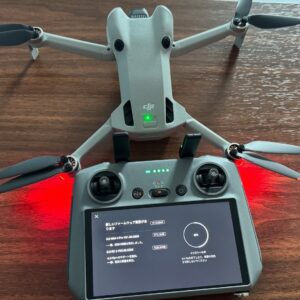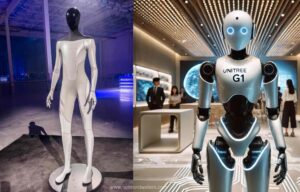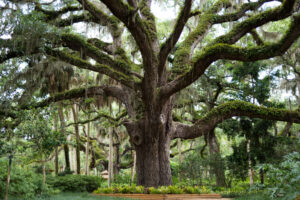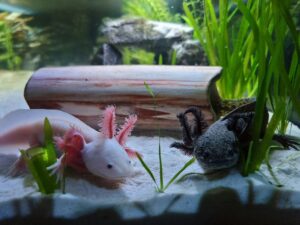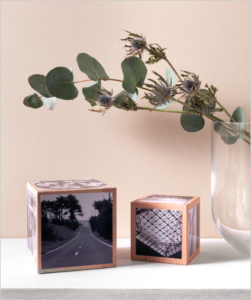Biomimicry, the design and production of materials, structures, and systems modeled on biological entities and processes, has been a driving force in innovative problem-solving. By turning to nature’s time-tested patterns and strategies, humanity finds sustainable solutions to complex challenges.
 Pin
Pin Image by Sarah Richter from Pixabay
Table of Contents
Velcro - Inspired by Burdock Burrs
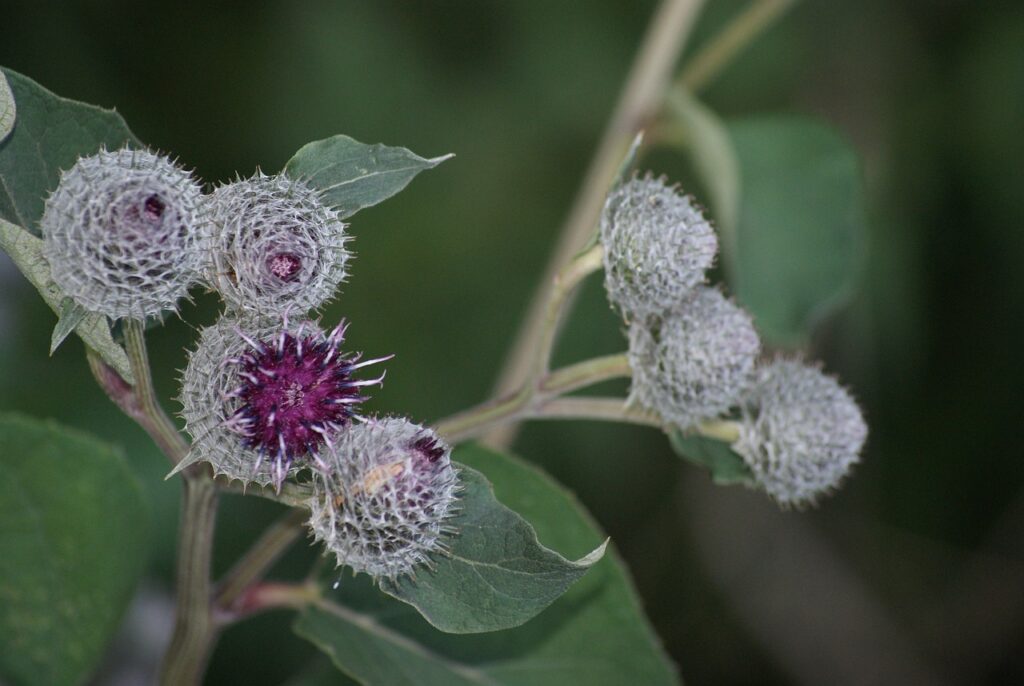 Pin
Pin Image by Tomasz from Pixabay
The idea for Velcro came when Swiss engineer, George de Mestral, noticed burdock burrs sticking to his dog’s fur. This observation led to the creation of Velcro, a fastener system mimicking the tiny hooks found on the burrs and loops akin to animal fur.
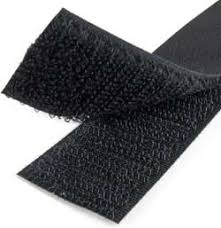 Pin
Pin Shinkansen Bullet Train - Modeled after the Kingfisher's Beak
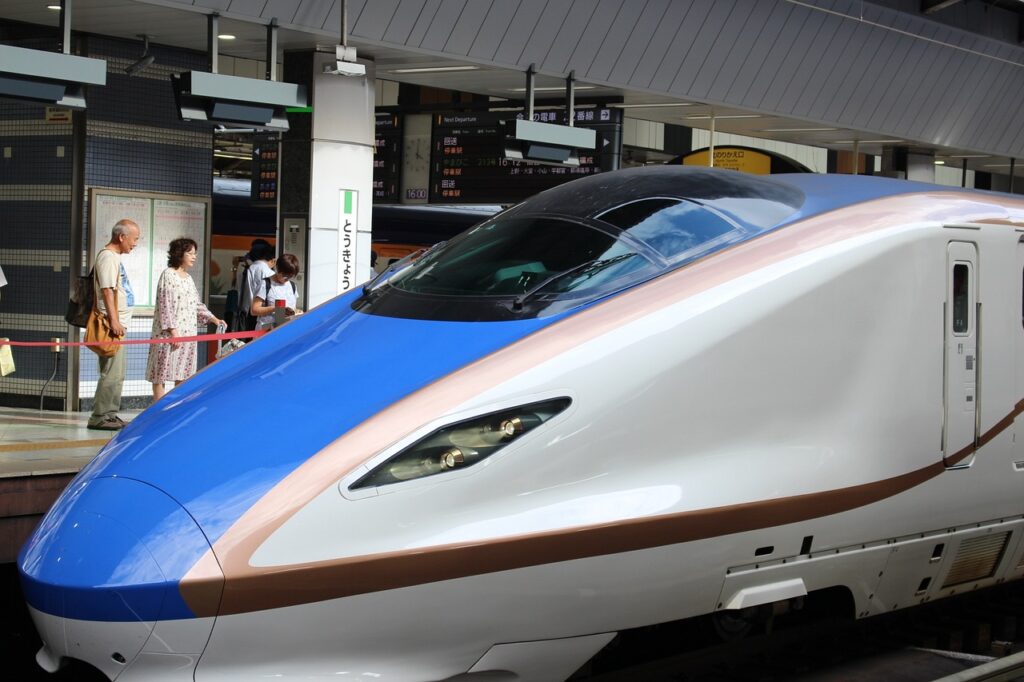 Pin
Pin Image by motihada from Pixabay
Japan’s Shinkansen bullet train faced the problem of creating a loud sonic boom when exiting tunnels. The engineers took inspiration from the kingfisher’s beak, designed to minimize splash when diving into water, thus reducing air resistance. This redesign not only solved the noise problem but also made the train faster and more energy-efficient.
 Pin
Pin Image by Robert Balog from Pixabay
Sharkskin-Inspired Surfaces for Antibacterial Properties
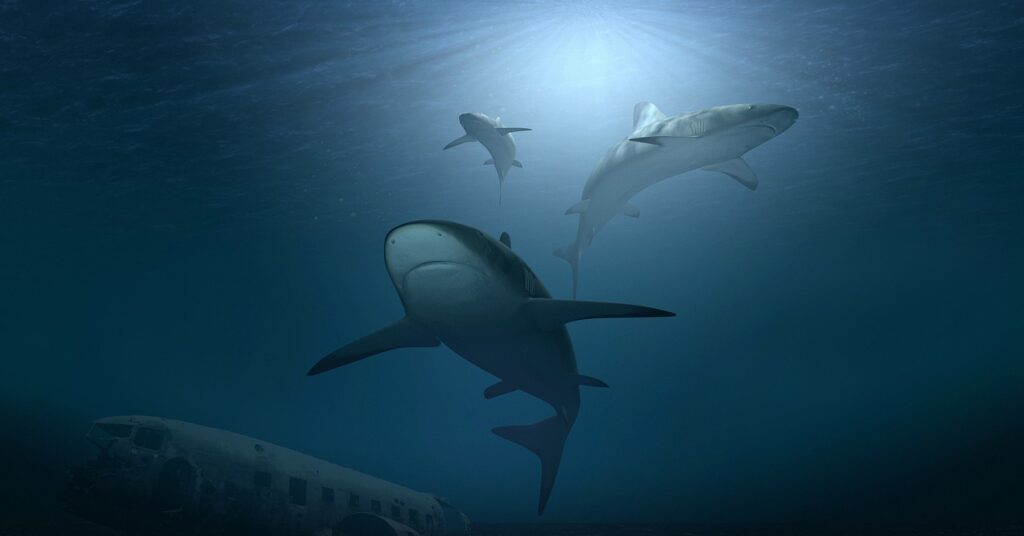 Pin
Pin Image by PIRO from Pixabay
The unique pattern of sharkskin, which reduces bacteria growth on its surface, has inspired the creation of Sharklet, a material mimicking this texture to inhibit bacterial growth on medical devices and hospital surfaces, leading to a new approach to maintaining sterile environments.
 Pin
Pin Image by Science Photo Library
Lotus-Effect Surfaces for Self-Cleaning
 Pin
Pin Image by ha11ok from Pixabay
The super-hydrophobic surface of lotus leaves, which repels water and removes dirt particles, has inspired self-cleaning paints and coatings. This application of biomimicry in materials science has led to surfaces that stay clean longer, reducing the need for chemical cleaners and water usage.
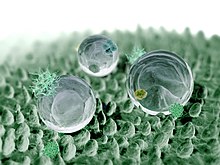 Pin
Pin Image by Wikipedia
Gecko Feet Adhesives
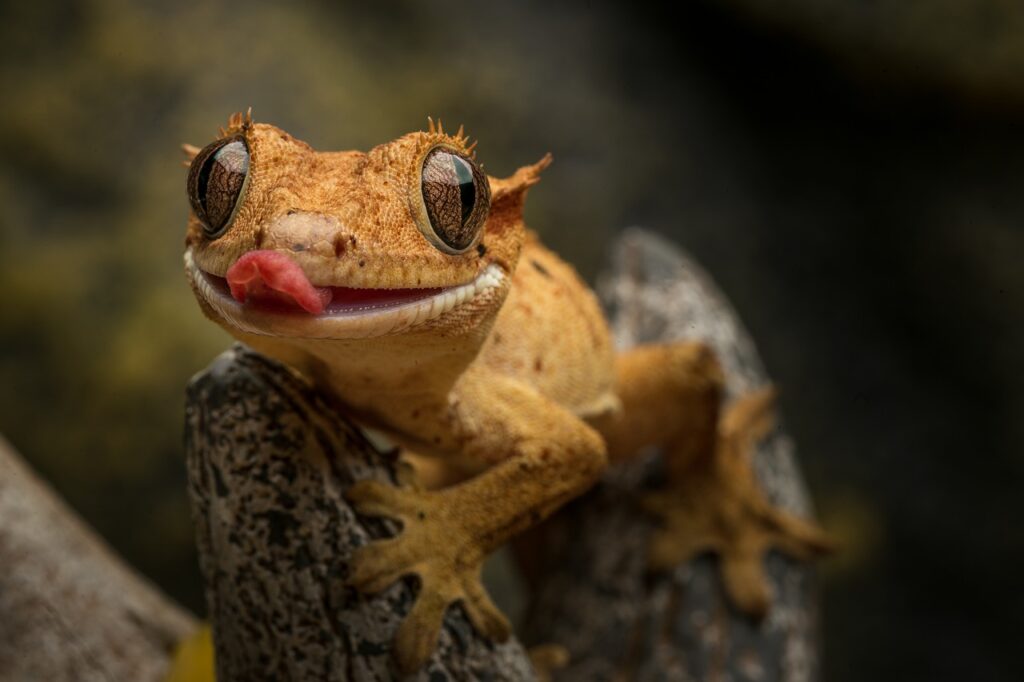 Pin
Pin Image by Peter Law from Pixabay
Inspired by the incredible ability of geckos to climb smooth surfaces, scientists developed adhesives that mimic the microscale hair-like structures on the feet of these lizards. This technology has led to the creation of tapes and glues that can be repeatedly applied and removed without losing their stickiness or leaving residues, offering potential applications in robotics, space exploration, and everyday items.
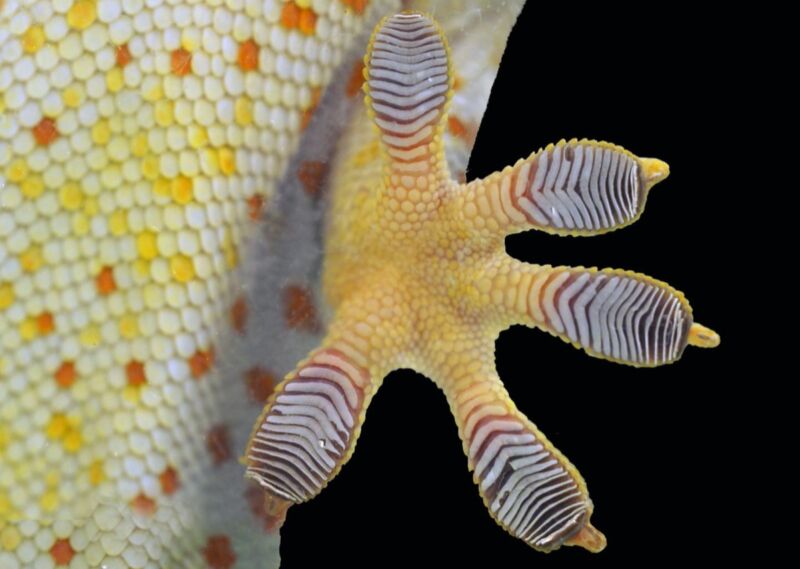 Pin
Pin Image by Ars Technica
Whale Fin Wind Turbines
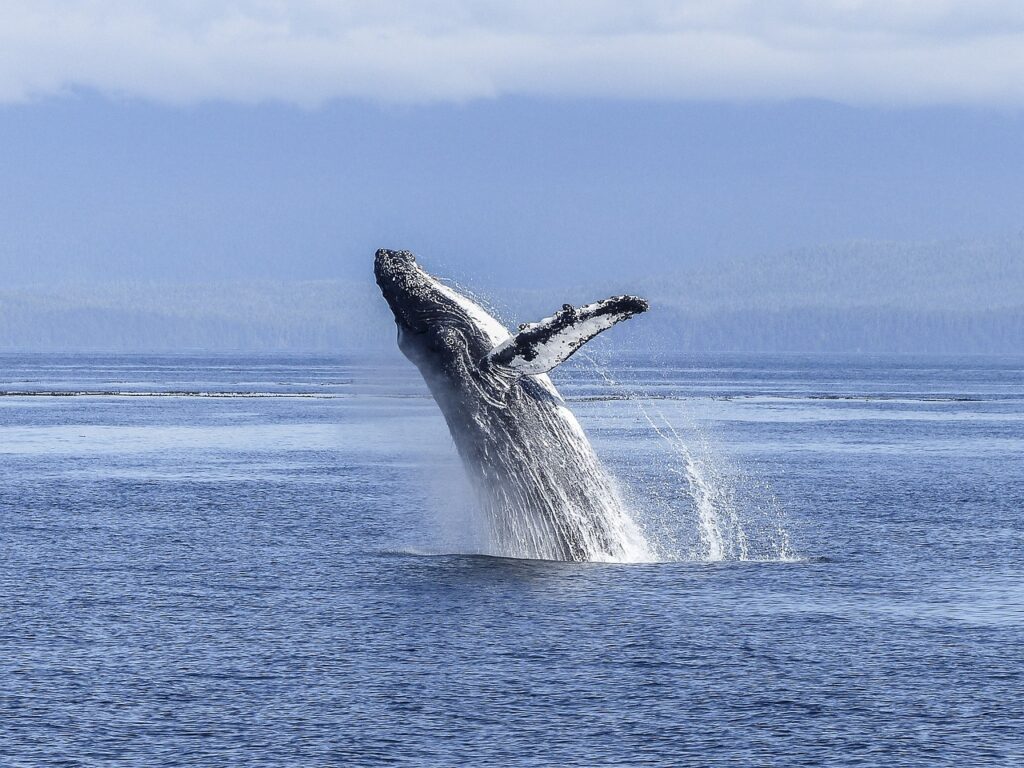 Pin
Pin Image by Brigitte Werner from Pixabay
The bumps (tubercles) on the leading edges of humpback whale fins have inspired the design of more efficient wind turbine blades. These turbines, modeled after the whale’s flippers, have been shown to reduce drag, increase lift, and improve the overall performance of wind turbines, leading to more sustainable energy solutions.
 Pin
Pin Image by Vũ Phan from Pixabay
Mimosa Pudica Plant Robotics
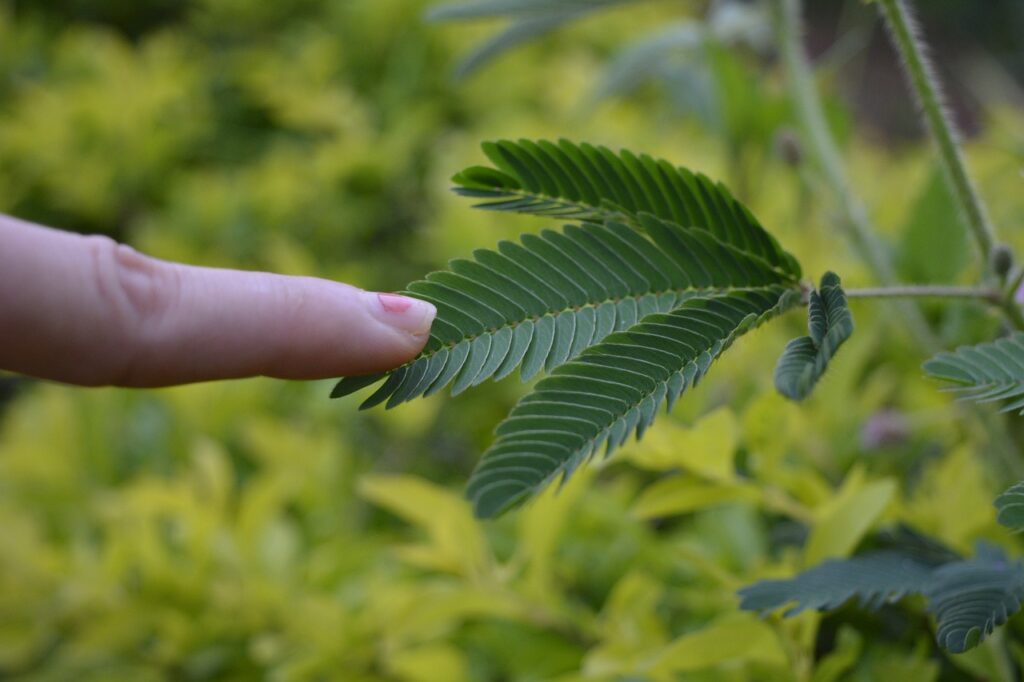 Pin
Pin Image by Krishnendu Pramanick from Pixabay
The sensitive plant, or Mimosa pudica, famously folds its leaves in response to touch. This biological reaction has influenced the development of materials and robotics that respond to external stimuli by changing shape or structure. Such technologies have potential applications in adaptive and responsive structures, prosthetics, and robotics.
 Pin
Pin Image by softrobot.jp
Butterfly Wing Solar Cells
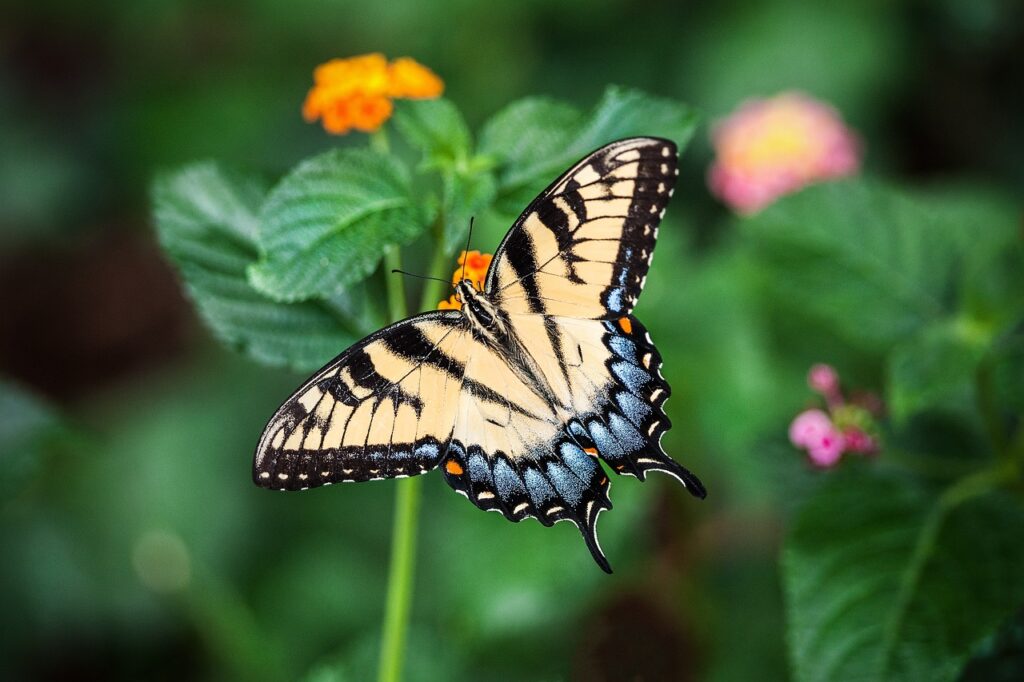 Pin
Pin Image by Wild Pixar from Pixabay
The vibrant colors of butterfly wings, resulting from microscopic structures that manipulate light, have inspired the development of solar cells designed to absorb light more efficiently. These solar panels mimic the nanostructures found on butterfly wings, enhancing light absorption and improving energy conversion rates, pushing forward the development of high-efficiency, sustainable solar power.
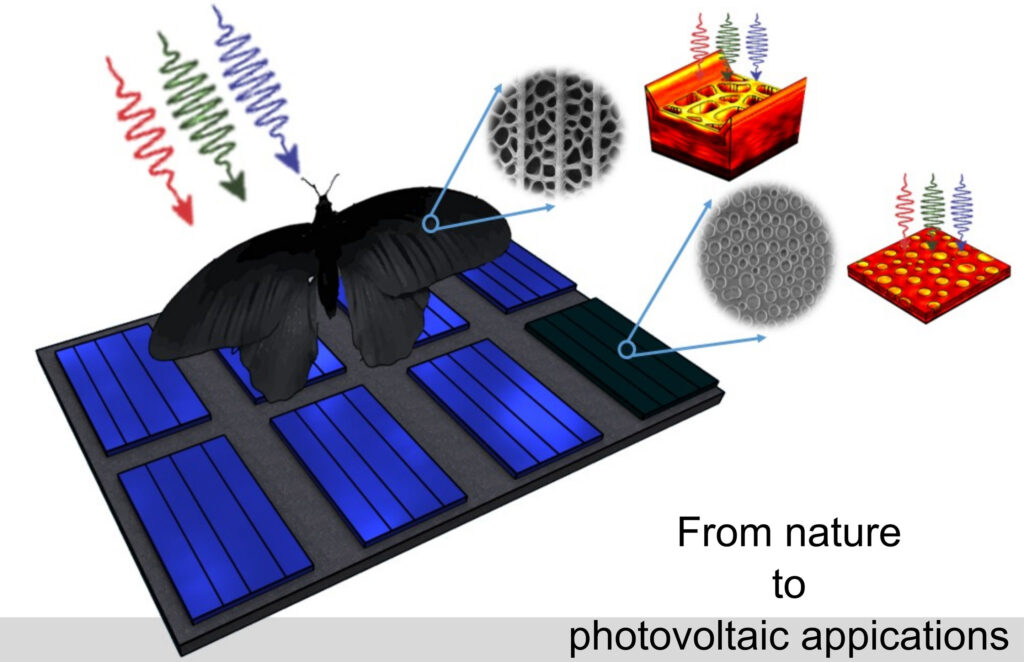 Pin
Pin Image by Phys.org
Beehive Cooling Systems
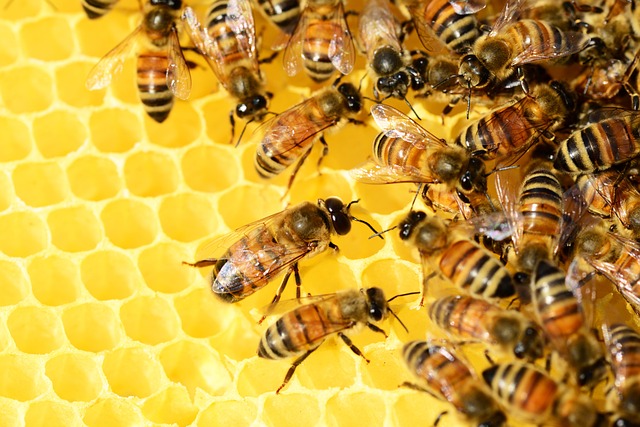 Pin
Pin Image by PollyDot from Pixabay
The hexagonal structure of beehives and the bees’ method of ventilating their hives by flapping their wings have inspired the design of energy-efficient, natural cooling systems in buildings. These systems use less energy than traditional air conditioning and heating systems by promoting natural air circulation and temperature regulation, showcasing a sustainable approach to building design and climate control management.
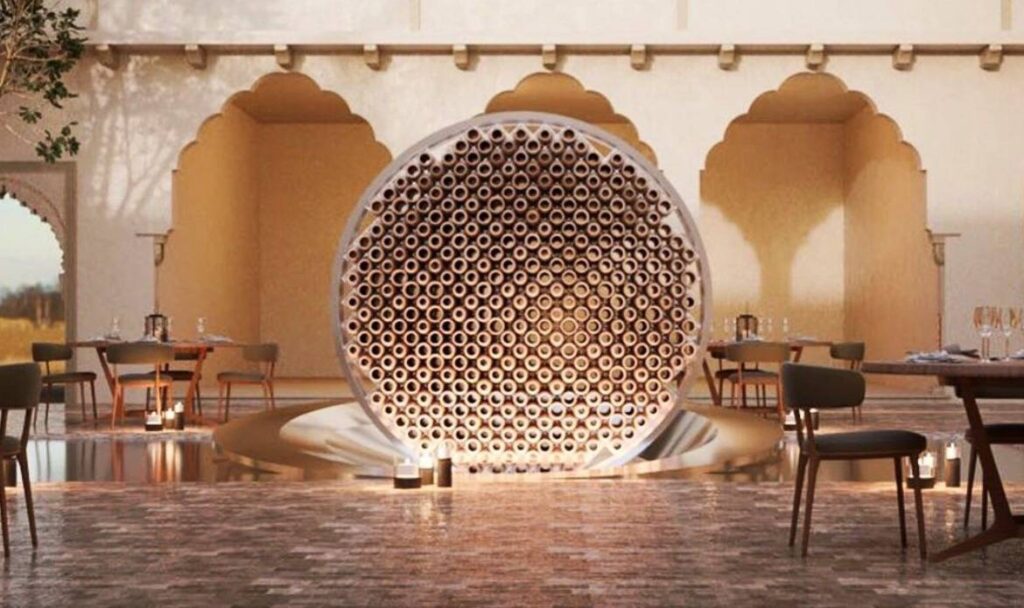 Pin
Pin Image by Authindia
Termite Mound Cooling Towers
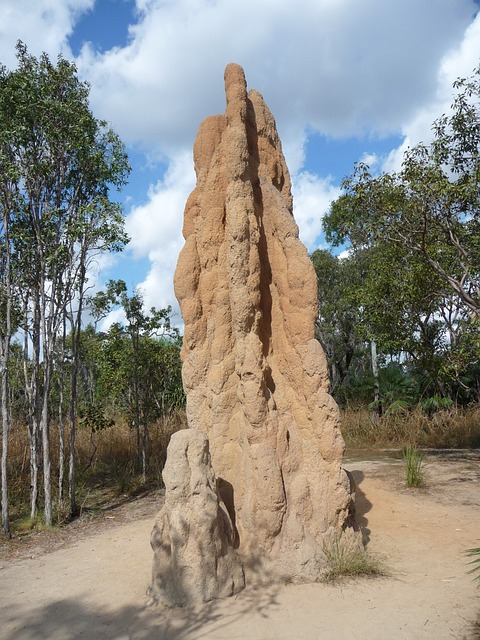 Pin
Pin Image by MatrixXX from Pixabay
The natural ventilation systems of termite mounds, which maintain a constant temperature inside despite external heat, have inspired the design of passive cooling structures in buildings. These designs aim to reduce reliance on mechanical air conditioning, saving energy and reducing costs.
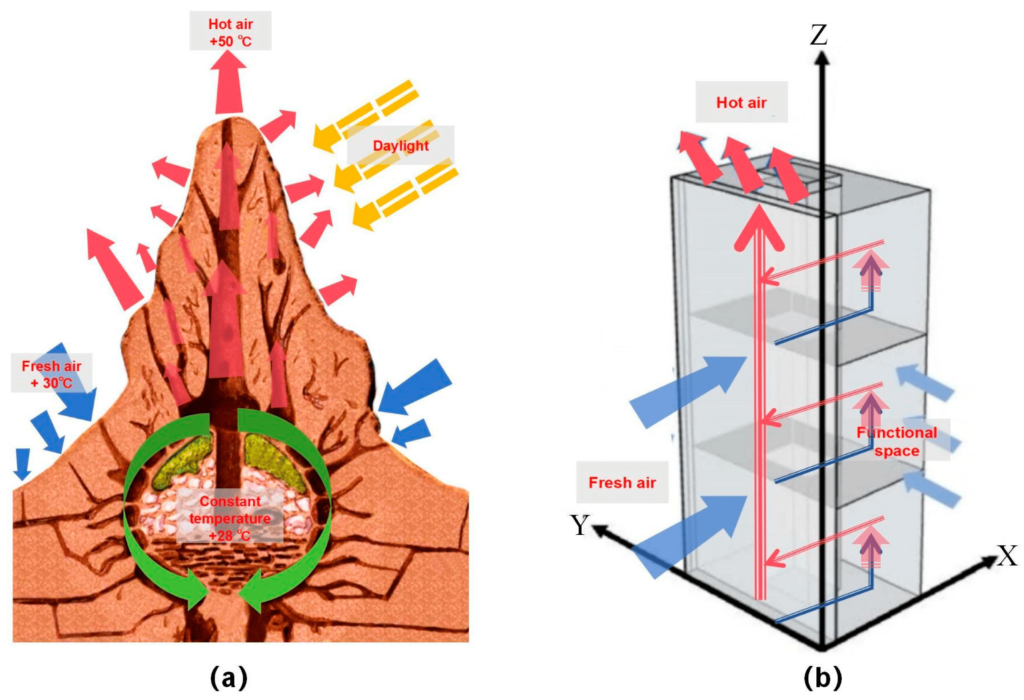 Pin
Pin Image by MDPI.com
Mantis Shrimp Impact Tools
The mantis shrimp, known for its extremely fast and powerful hammer-like claw, has inspired the development of new materials and structures for impact-resistant tools and protective gear. These applications benefit from understanding the biomechanics and material properties that allow the shrimp to generate such high-speed, high-force impacts without damaging itself.
Biomimetic Nanorobots for Drug Delivery
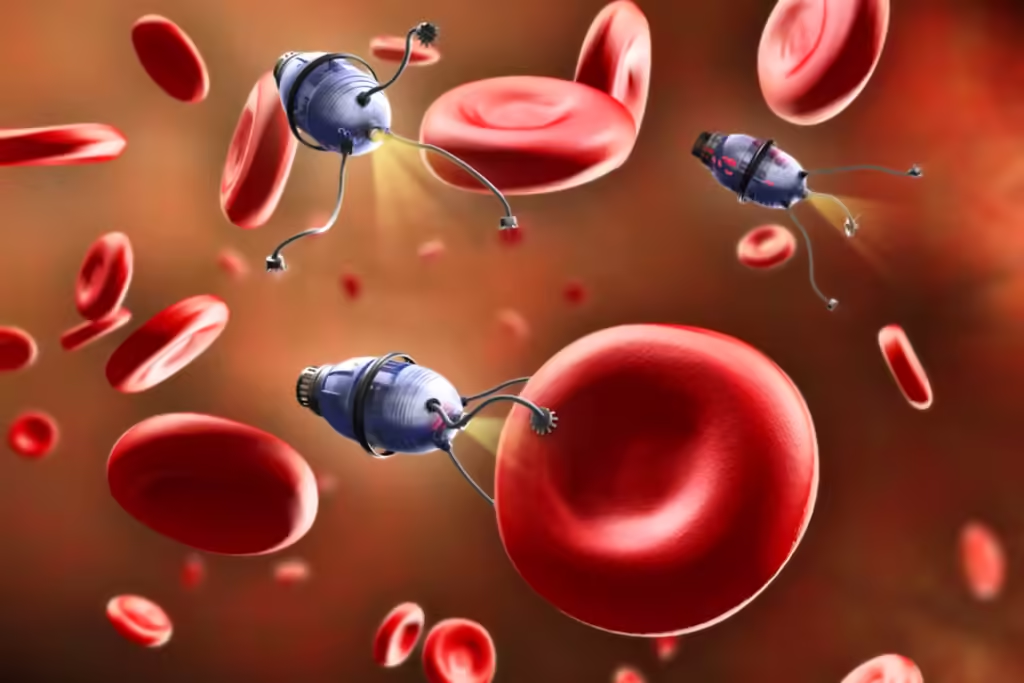 Pin
Pin Image by New Atlas
Mimicking the swimming mechanism of bacteria and other microorganisms, scientists have developed nanorobots that can navigate through fluids, including blood, to deliver drugs to specific parts of the human body efficiently, reducing side effects and improving treatment outcomes.
These examples underscore how biomimicry is not just about emulating nature’s appearance, but deeply understanding and applying the underlying principles to create sustainable and efficient solutions. Nature, with billions of years of evolution, offers a vast repository of designs and processes optimized for efficiency and adaptability. By looking more closely at nature, we can find ingenious solutions to many of the challenges we face today, making biomimicry a pivotal tool in the pursuit of innovation and sustainability.
Biomimicry, the design and production of materials, structures, and systems modeled on biological entities and processes, is a growing field with numerous companies and research institutions making significant contributions. While I can’t provide an exhaustive list due to the ever-evolving nature of the field, I can highlight a few notable examples as of my last update in 2023. Keep in mind, advancements and new projects may have emerged since.
Companies and Research Projects on Biomimicry
- Biomimicry 3.8 – A consulting company that specializes in biomimicry, helping other companies to integrate bio-inspired solutions into their processes. They are pioneers in the field and offer education, training, and consultation services.
- PAX Scientific – Designs fans, mixers, and pumps inspired by natural fluid flow patterns, such as the spirals seen in seashells. Their technology seeks to improve efficiency and reduce energy consumption.
- Sharklet Technologies, Inc. – Inspired by the microbial-resistant properties of shark skin, this company develops surfaces that inhibit bacterial growth without the use of chemicals. This technology has potential applications in healthcare, marine, and consumer goods.
- Mimicking Beetle – NBD Nano – Inspired by the Namib Desert beetle, which collects water from the air, NBD Nano aims to develop coatings and surface treatments that capture moisture from the atmosphere. This technology could have significant implications for water harvesting and condensation.
- Interface, Inc. – A modular carpet company that has drawn inspiration from random patterns in nature to create carpet tiles that can be installed in any orientation, reducing waste during installation. Their Biomimicry-inspired product line is part of a broader commitment to sustainability.
- Research Projects at Universities – Many universities around the world have biomimicry research projects, such as the Biomimetics Innovation Centre at the University of Bath, or the Wyss Institute for Biologically Inspired Engineering at Harvard University. These projects often focus on developing new materials, medical devices, and sustainable technologies by mimicking nature.
- The Biomimicry Institute – A non-profit organization that promotes the study and imitation of nature’s designs, processes, and systems to solve human problems. They offer resources, education, and sponsor the Global Design Challenge, which invites innovators to submit biomimicry solutions to various sustainability challenges.
FAQs: Nature's Genius Unleashed: Revolutionary Inventions Inspired by Biomimicry - Solving Human Challenges
Biomimicry is an approach to innovation that seeks sustainable solutions to human challenges by emulating nature’s time-tested patterns and strategies. The goal is to create products, processes, and policies that adapt and integrate the wisdom of biological systems.
Biomimicry influences innovation by encouraging designers, engineers, and scientists to look at nature not just as a source of inspiration, but as a model, mentor, and measure for creating sustainable technologies. This approach has led to breakthroughs ranging from energy-efficient buildings modeled after termite mounds to anti-bacterial surfaces inspired by shark skin.
Biomimicry helps to address a wide range of challenges including reducing energy consumption, cutting down on waste, improving efficiency in processes, and developing new materials that are both stronger and more sustainable. For example, biomimetic designs in architecture have led to buildings that require less heating and cooling, dramatically reducing energy usage.
No, biomimicry is applicable across various fields including technology, engineering, architecture, transportation, and even business practices. It encourages all sectors to rethink how they approach problems by looking at the sustainable solutions found in nature, whether it’s developing a new product or creating more efficient processes.
Biomimicry contributes to sustainability by fostering the development of technologies and systems that are resource-efficient, waste-reducing, and harmonious with the environment. By learning from nature’s 3.8 billion years of innovation and evolution, biomimicry ensures that human activities can become more sustainable and less disruptive to the natural world.
To learn more about biomimicry, you can explore resources from organizations such as the Biomimicry Institute or Biomimicry 3.8, which offer educational materials, case studies, and information on workshops and courses. Additionally, numerous books, academic journals, and TED Talks are available that delve into the principles and applications of biomimicry.















